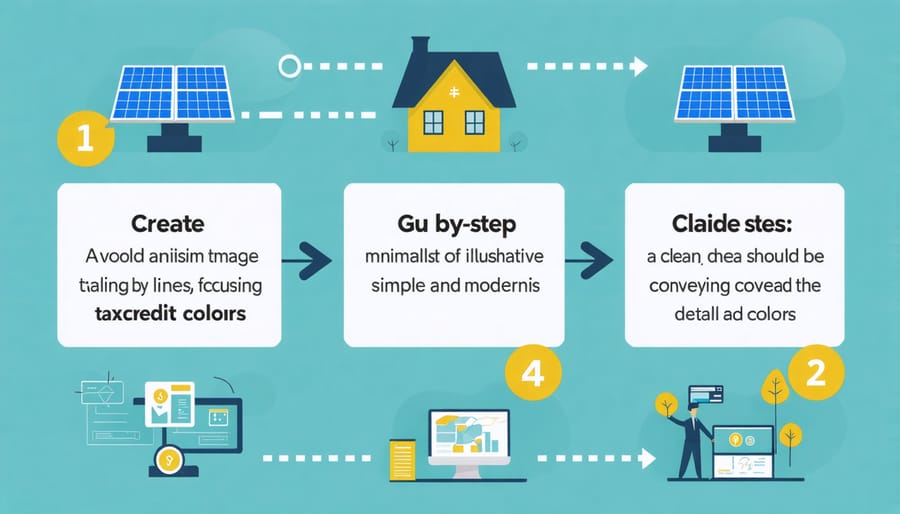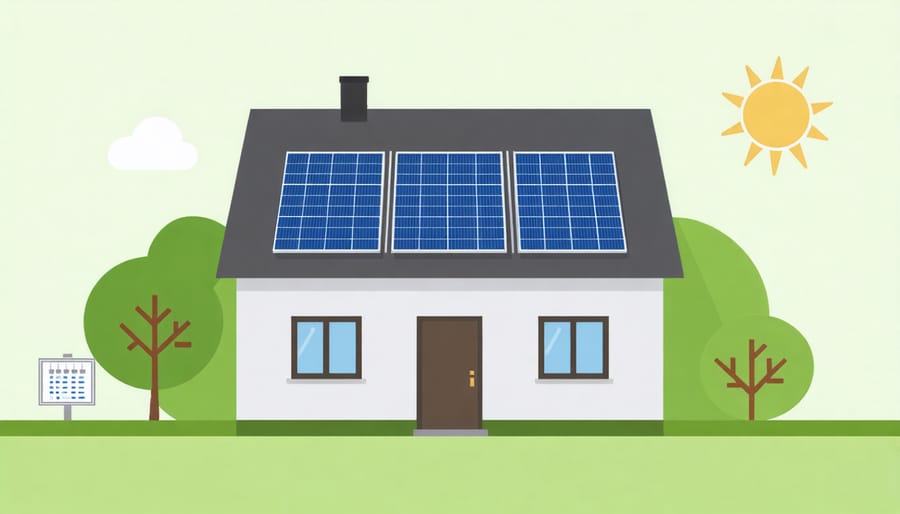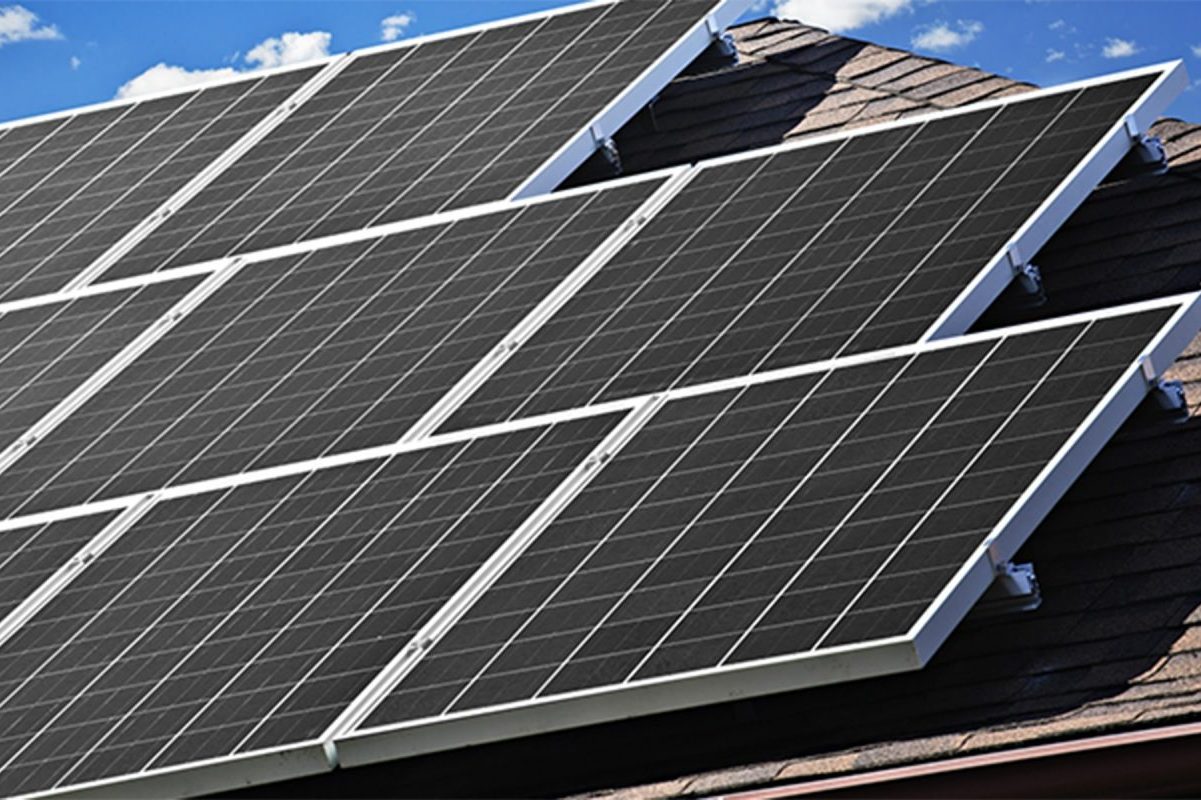Transform your home’s energy future with unprecedented government support for solar installations. Right now, homeowners can access the federal solar tax credit, covering 30% of total system costs through 2032 – making solar power investment worthiness higher than ever before. Beyond federal incentives, state-specific rebates, property tax exemptions, and local utility company incentives can reduce your out-of-pocket expenses by up to 50%. Combined with dramatic drops in solar panel costs over the past decade and rising electricity rates, these government incentives have created a perfect moment for homeowners to embrace solar energy. Whether you’re looking to reduce your carbon footprint or secure long-term energy savings, understanding and leveraging these incentives can transform a significant investment into an affordable home improvement project with lasting returns.
Note: This introduction directly addresses cost concerns, highlights multiple incentive types, and emphasizes immediate opportunity while maintaining an optimistic, approachable tone that speaks to both environmental and financial motivations.
Federal Solar Tax Credit: The Biggest Money-Saver
How the Federal Tax Credit Works
The federal solar tax credit, also known as the Investment Tax Credit (ITC), offers a straightforward way to reduce your solar installation costs. In 2024, you can claim 30% of your total solar system costs as a credit on your federal taxes. This includes equipment, installation, and related expenses.
Here’s how to claim your credit:
1. Keep detailed records of all solar installation costs and related expenses
2. Complete IRS Form 5695 (Residential Energy Credits)
3. Include the credit amount on your federal tax return
4. Submit all documentation with your annual tax filing
For example, if your solar system costs $20,000, you’re eligible for a $6,000 tax credit. Remember, this is a credit, not a deduction – it reduces your tax liability dollar for dollar. If you can’t use the entire credit in one year, you can carry the remaining amount to the next tax year.
To qualify, you must:
– Own the solar system (leased systems don’t qualify)
– Install the system on your primary or secondary residence
– Have sufficient tax liability to claim the credit
The credit applies to both new construction and existing homes. While you don’t need to wait for special enrollment periods, it’s important to complete the installation within the same tax year you plan to claim the credit. Consider consulting a tax professional to ensure you maximize your benefits and file correctly.

Eligibility Requirements
To qualify for government solar incentives, you’ll need to meet several key requirements. First, you must own your home – renters typically aren’t eligible unless they have explicit permission from their landlord. Your roof should be in good condition and receive adequate sunlight throughout the day. Before diving in, it’s helpful to understand these essential facts about home solar to ensure you’re making an informed decision.
The solar system must be new and installed for the first time – retrofitted or used systems generally don’t qualify. Most incentive programs cover grid-tied photovoltaic (PV) systems, including both roof-mounted and ground-mounted installations. The system size typically needs to be appropriate for your household’s energy consumption – oversized systems may not receive full benefits.
Your installation must be completed by a certified solar contractor who meets state and local licensing requirements. The equipment should also meet industry standards and be certified by recognized bodies like the Solar Rating and Certification Corporation (SRCC).
Income requirements vary by program. While federal tax credits are available to all taxpayers, some state and local incentives have household income limits or offer additional benefits for moderate to low-income families. Your property must also comply with local zoning laws and HOA regulations, if applicable.
Remember to check specific requirements for your area, as eligibility criteria can vary significantly between different incentive programs and locations.

State-Level Solar Incentives
Direct Rebates
Many states offer direct cash rebates to homeowners who invest in solar energy systems, providing immediate financial relief during the solar installation process. These rebates typically range from $500 to $5,000, depending on your location and system size, and are designed to offset the initial installation costs.
California’s Self-Generation Incentive Program (SGIP) stands out as one of the most generous, offering rebates up to $1,000 per kilowatt for qualifying systems. New York residents can access the NY-Sun Incentive Program, which provides upfront rebates based on system capacity and location within the state. In Massachusetts, the SMART program offers direct incentives through a declining block structure, rewarding early adopters with higher rebate rates.
To claim these rebates, homeowners usually need to work with certified solar installers who handle the paperwork. The funds are either deducted directly from your installation cost or sent as a check shortly after completion. While some programs operate on a first-come, first-served basis, others maintain waiting lists when funds run low.
It’s important to act quickly when pursuing state rebates, as many programs reduce their incentive rates as more homeowners participate. Contact your state energy office or local utility company to learn about available rebates in your area, as these programs can significantly reduce your out-of-pocket expenses.
Performance-Based Incentives
Performance-based incentives offer ongoing rewards for your solar panel system’s actual electricity production, making them an attractive complement to upfront incentives. These programs, often called Solar Renewable Energy Credits (SRECs) or Performance-Based Incentives (PBIs), pay you for every kilowatt-hour of clean energy your system generates.
Many states offer these incentives through their utilities or state programs. For example, if your system produces 10,000 kWh annually, and your state offers a rate of $0.10 per kWh, you could earn $1,000 each year. These earnings come on top of your regular electricity bill savings and can continue for 10-20 years, depending on your location’s program terms.
Some utilities also offer net metering, which credits you for excess power your panels send back to the grid. When combined with performance incentives, this creates multiple streams of savings from your solar investment. Massachusetts, New Jersey, and California are known for particularly robust performance-based programs, though availability and rates vary by location.
To maximize these benefits, it’s important to maintain your system’s efficiency through regular cleaning and maintenance. Many homeowners find that these ongoing incentives help offset maintenance costs while providing a steady return on their solar investment.
Local Utility Incentives
Net Metering Benefits
Net metering is one of the most valuable benefits of going solar, acting as a two-way street between you and your utility company. When your solar panels produce more electricity than you’re using, the excess power flows back into the grid, and your utility meter actually runs backward. This surplus energy is credited to your account, effectively reducing your future electricity bills.
Think of net metering as a solar savings bank – you deposit excess energy during sunny days and withdraw it when you need it, like during nighttime or cloudy weather. This system can significantly lower your monthly utility bills, sometimes even reducing them to zero. In many cases, homeowners can save thousands of dollars annually through net metering credits.
The beauty of net metering is its simplicity. There’s no need for expensive battery storage systems, as the power grid acts as your virtual battery. During peak production months, typically summer, you can build up credits that offset your energy costs during less sunny periods, ensuring year-round benefits from your solar investment.

Special Utility Programs
Many local utility companies offer additional incentives to help homeowners transition to solar energy. These special programs often include performance-based incentives, where you receive credits based on how much solar power your system generates. Some utilities provide upfront rebates that can significantly reduce your initial installation costs.
For example, many power companies offer net metering programs, allowing you to sell excess solar power back to the grid. This arrangement helps offset your electricity bills during times when your panels produce less energy. Some utilities also provide time-of-use rate plans specifically designed for solar customers, helping you maximize savings by adjusting your energy consumption patterns.
Look for special solar pilot programs in your area, as many utilities are testing innovative incentive structures. These might include solar battery storage rebates, smart home integration bonuses, or community solar project opportunities. Contact your local utility provider directly to learn about available programs, as these offerings can change frequently and vary by service area.
Remember to ask about application deadlines and program requirements, as some utility incentives are available on a first-come, first-served basis.
Combining Multiple Incentives
One of the most effective strategies to maximize your solar savings is to combine multiple incentive programs. Many homeowners don’t realize that they can stack various solar incentives together, potentially reducing their installation costs by 60% or more.
Start with the federal solar tax credit, which serves as your foundation for savings. This 30% tax credit can then be combined with state-level incentives, which often come in the form of tax credits or rebates. For example, if your state offers a $1,000 rebate, you can claim this in addition to the federal tax credit.
Local utility companies frequently offer their own incentive programs, such as performance-based incentives or upfront rebates. These can be claimed alongside both federal and state benefits. Some utilities also provide net metering programs, allowing you to earn credits for excess energy production while taking advantage of other incentives.
Many municipalities and counties have their own solar initiatives. These might include property tax exemptions, expedited permits, or additional rebates. Check with your local government offices, as these programs can often be combined with higher-level incentives.
Special programs for specific demographics, such as low-income households or veterans, may provide additional savings opportunities. Solar renewable energy certificates (SRECs) can also generate ongoing income while benefiting from installation incentives.
To ensure you don’t miss any opportunities:
1. Research all available programs at federal, state, and local levels
2. Confirm eligibility requirements for each program
3. Check deadlines and expiration dates
4. Maintain proper documentation for all incentives
5. Consider timing your installation to maximize available benefits
Remember that some incentives have caps or limitations, and certain combinations may affect eligibility for other programs. Working with a qualified solar installer or tax professional can help you navigate these complexities and ensure you receive all possible benefits while maintaining compliance with program requirements.
The potential savings from government solar incentives can transform your journey to solar energy from a distant dream into an achievable reality. By combining federal tax credits, state rebates, and local incentives, homeowners can reduce their initial solar installation costs by 50-70% on average. This substantial reduction, coupled with ongoing energy savings, makes solar power an increasingly attractive investment for your home.
Consider this: the average American household can save between $10,000 and $30,000 over the lifetime of their solar system through reduced energy bills and incentive programs. With the current 30% federal tax credit, state-specific incentives, and net metering programs, your return on investment could come much sooner than you might expect – often within 5-7 years.
The time to act is now. Many current incentive programs have deadlines or decreasing benefit scales in the coming years. The federal tax credit, while recently extended, will begin to phase down after 2032. Similarly, state and local incentives are subject to change and may become less generous as solar adoption increases.
Taking the first step toward solar adoption doesn’t have to be overwhelming. Start by:
– Researching available incentives in your area
– Getting multiple quotes from certified solar installers
– Calculating your potential savings based on current energy usage
– Reviewing your roof’s solar potential
– Understanding your financing options
Remember, every day you wait is a missed opportunity for savings. With energy costs continuing to rise, solar panels not only offer environmental benefits but also provide a hedge against future utility rate increases. The combination of government incentives, technological improvements, and increasing energy costs makes this the perfect time to invest in solar power for your home.
Don’t let the initial cost of solar installation deter you from making this smart investment. With current government incentives and financing options, going solar has never been more accessible or financially rewarding.









